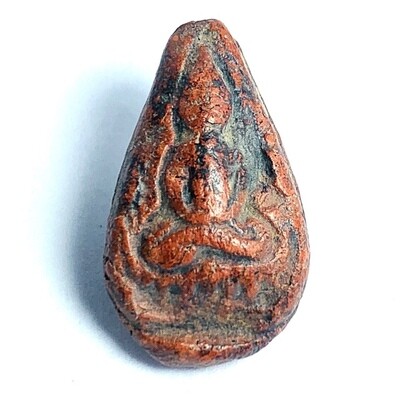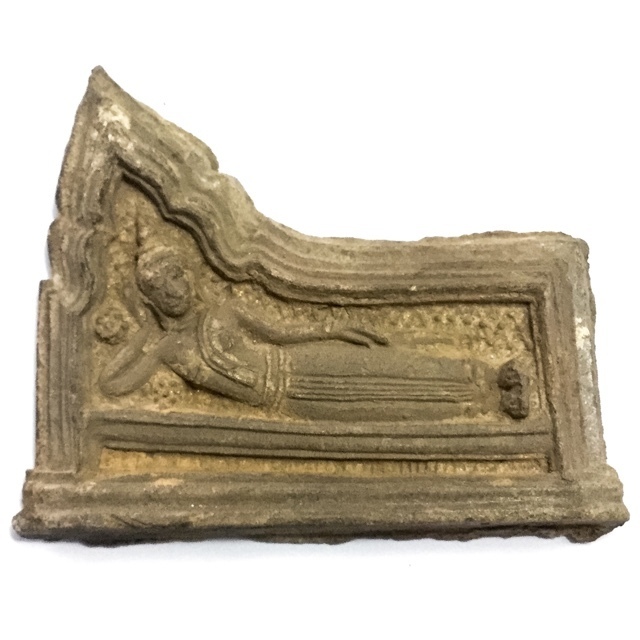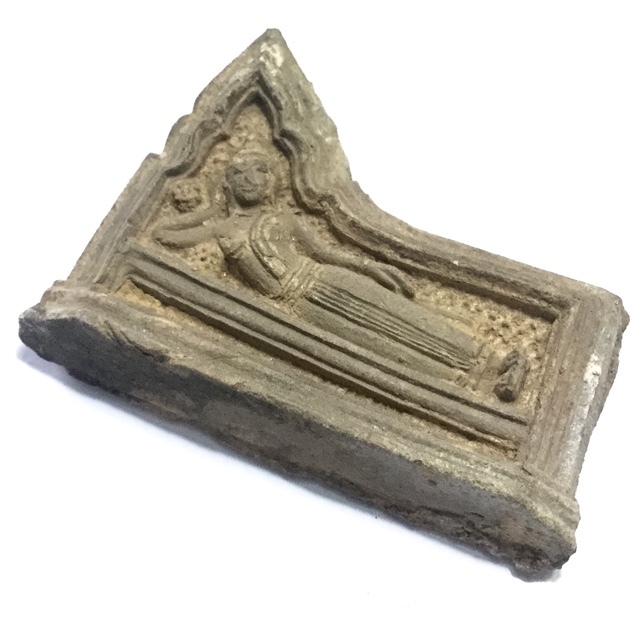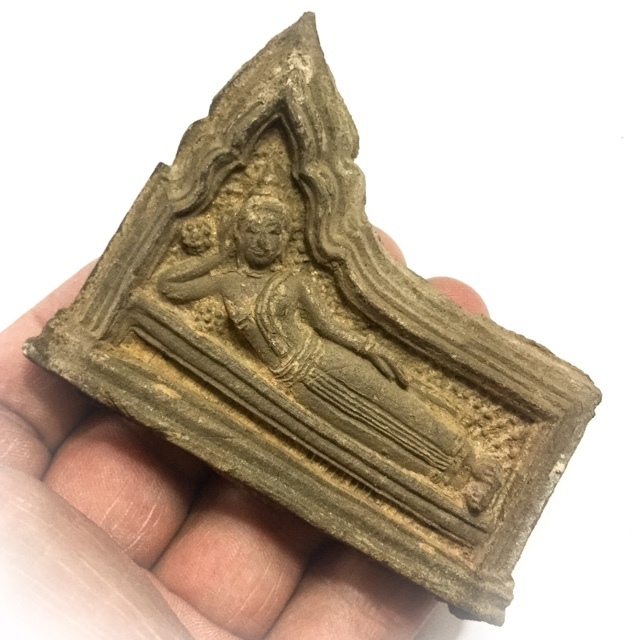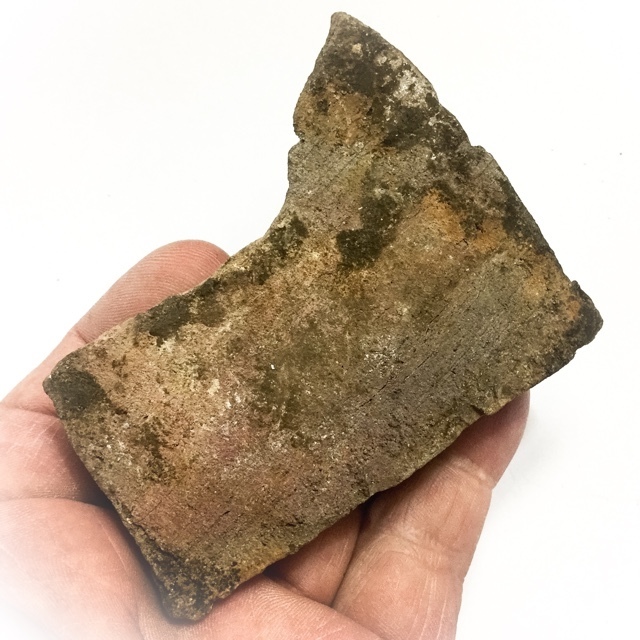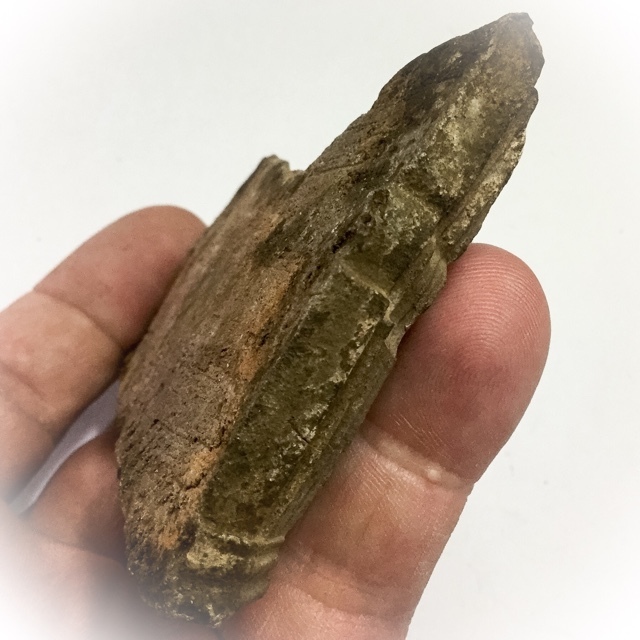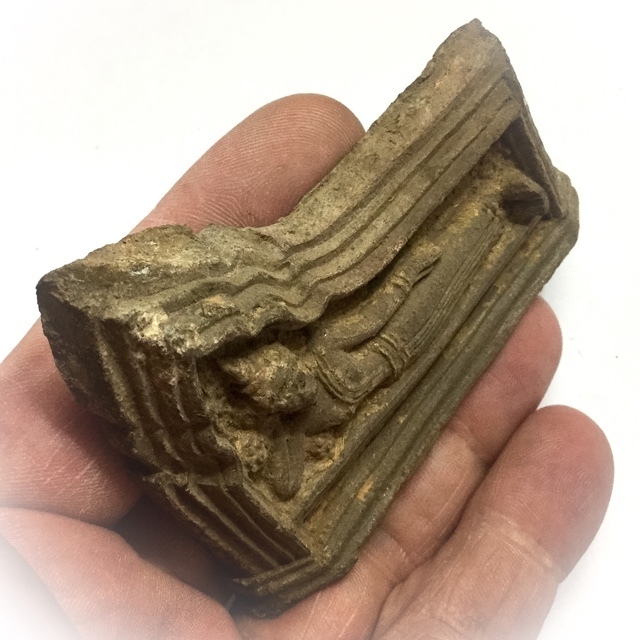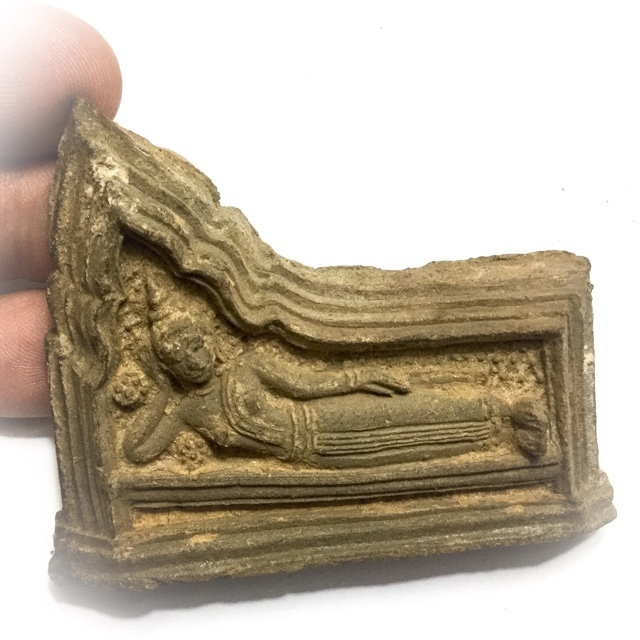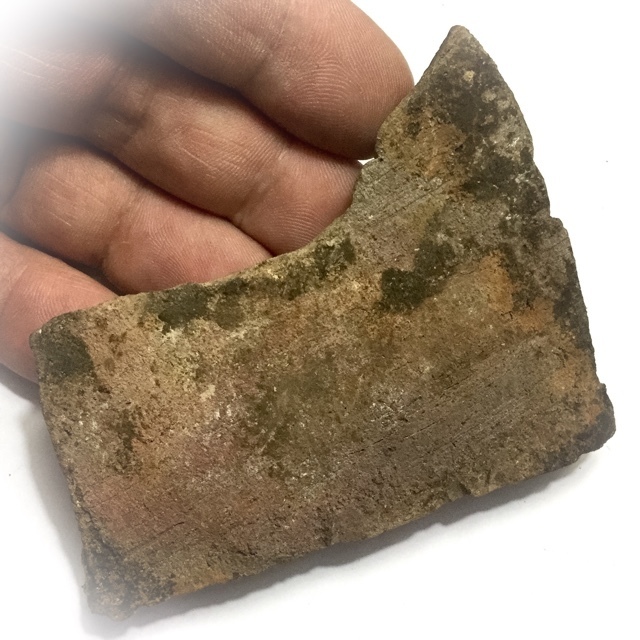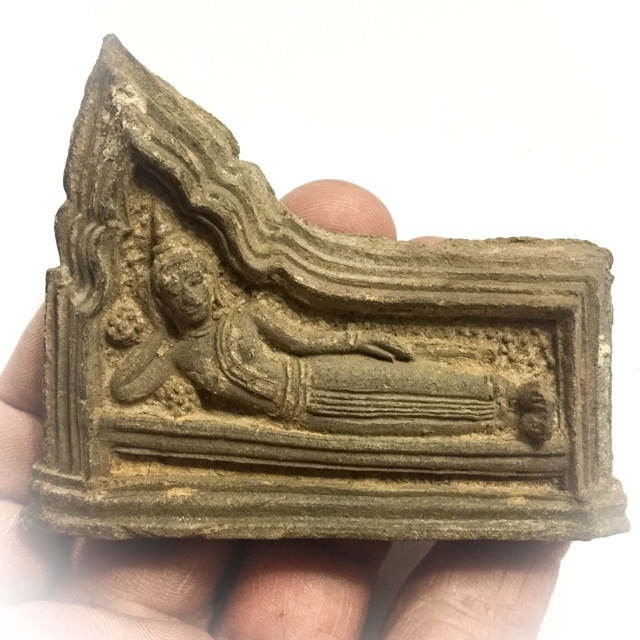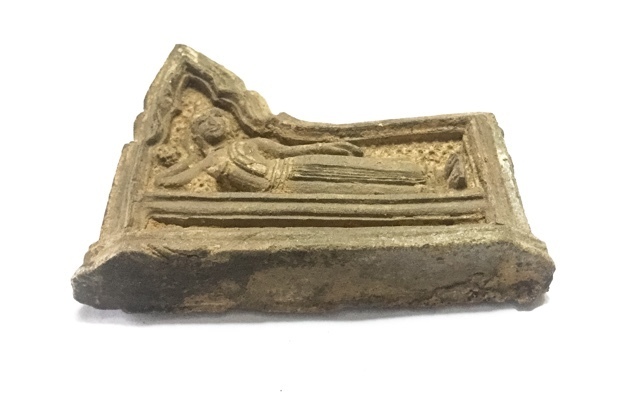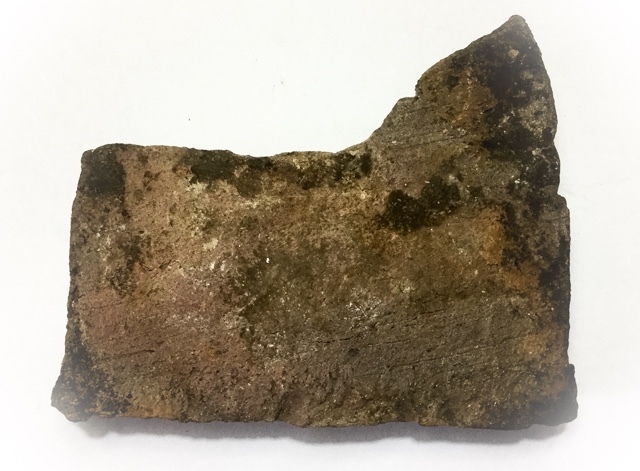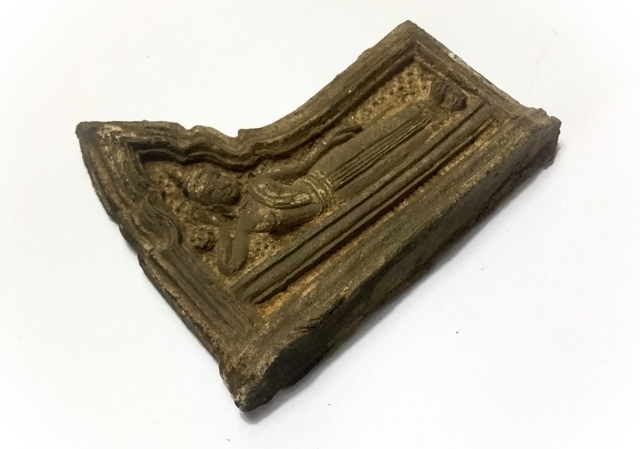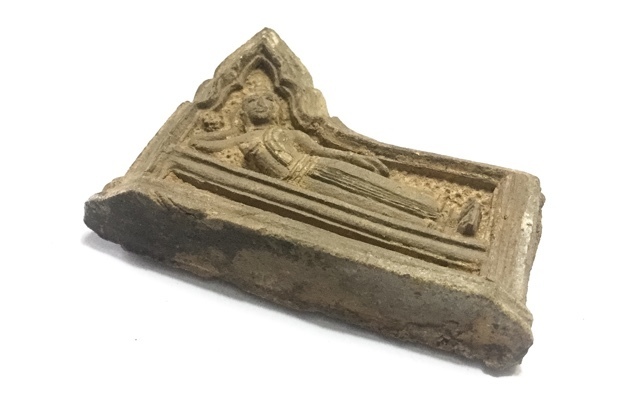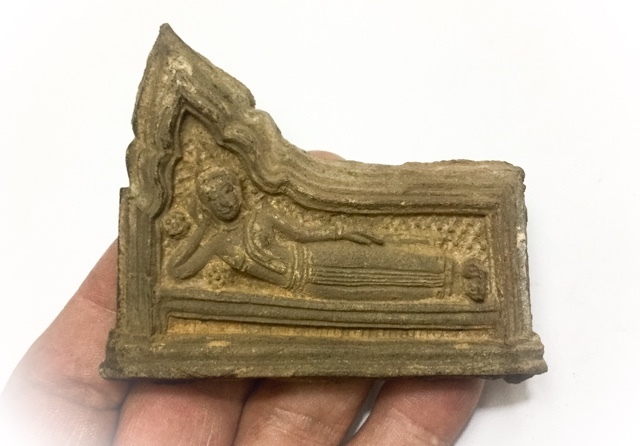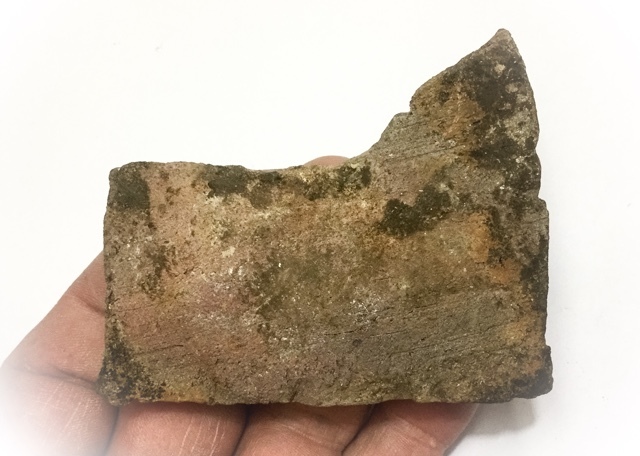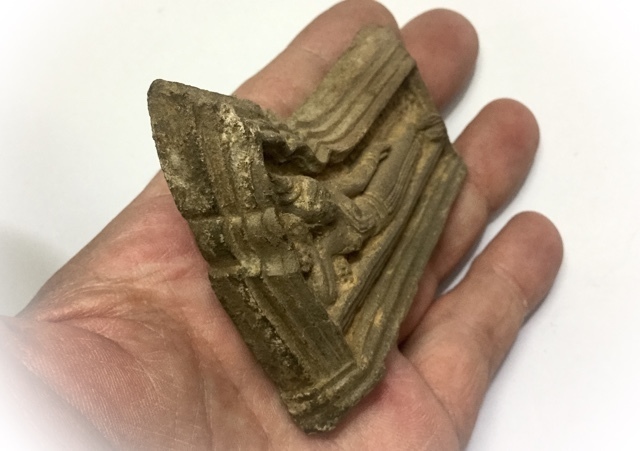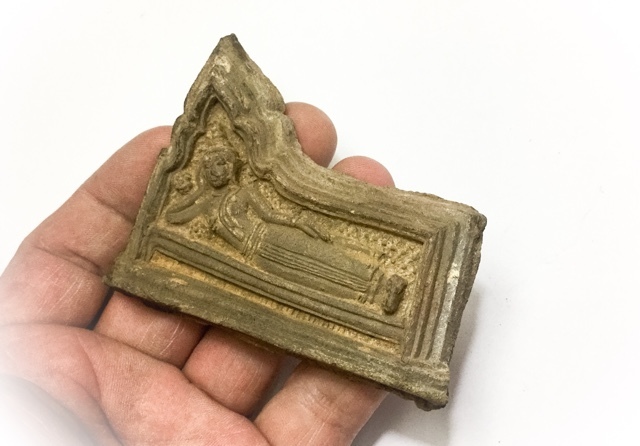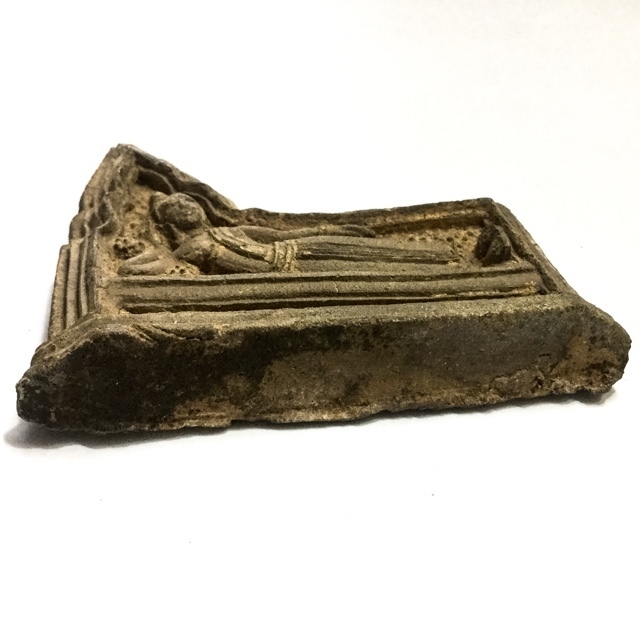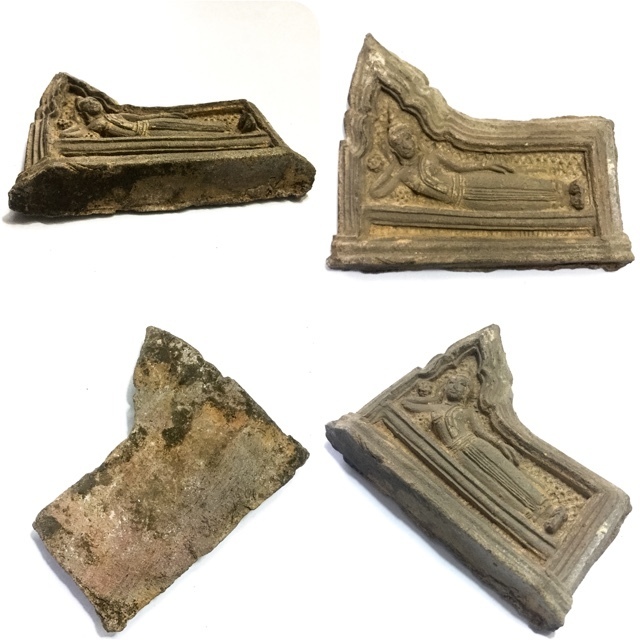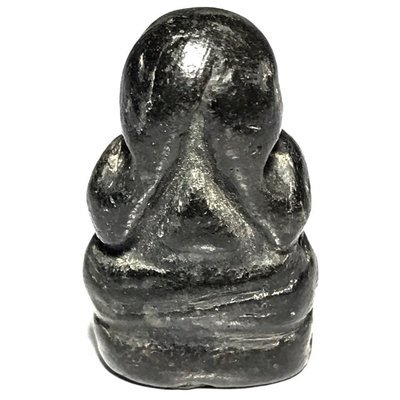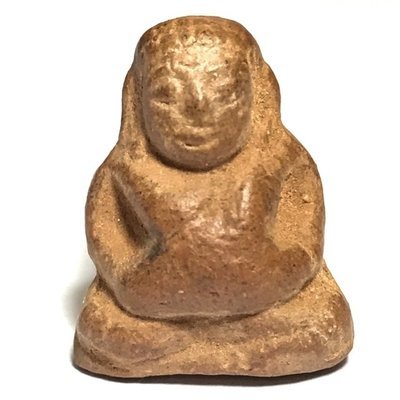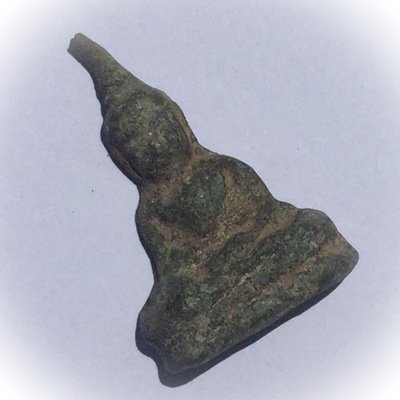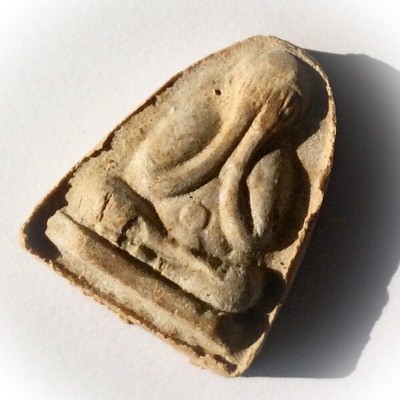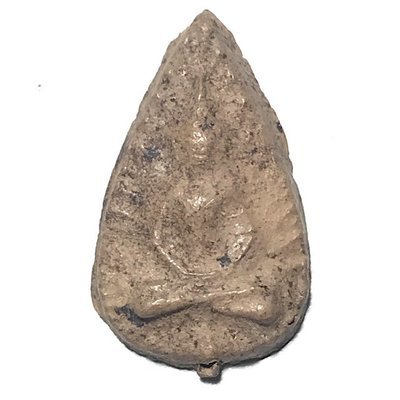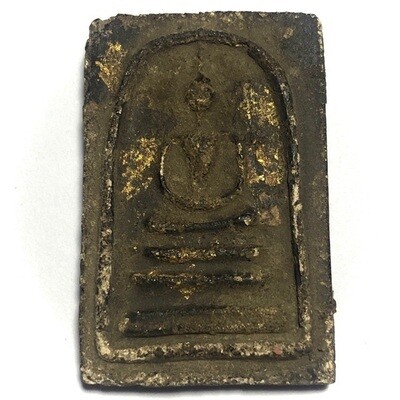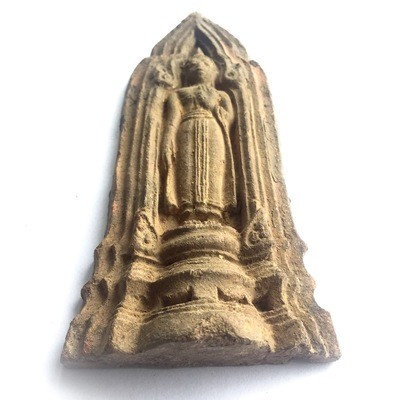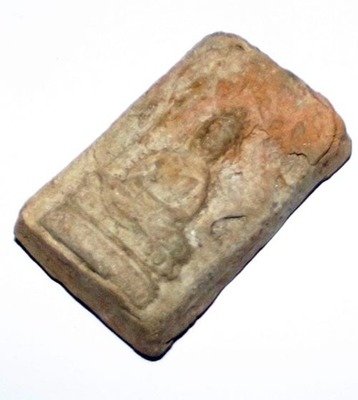
Ancient Amulet Store – Purveyors of preferred Classic Thai Buddhist Amulets for the True Devotee and Distinguished Collector
Discover the immensely deep and fascinating world of Vintage Thai Buddhist Amulets. Ancient Amulet is a long term established and internationally recognized Vintage Amulet Shop, and A Trusted Source for Classic Thai Buddhist Amulets for Devotees and Discerning Collectors, and is one of the many sub projects of informational sources created by Thai Amulet, Buddhism and Thai Occult Expert, Ajarn Spencer Littlewood . as part of his ‘Buddha Magic Project‘
Ancient Amulet provides authentic Antique and Rare Thai Amulets of the Pre and Early Post-Modern Era, of high esteem and Sacred Value, to revere, study and collect. Our Ancient Thai Buddhist Amulets are selected from the finest exhibits we can discover, and given diligent study and authentication processes. Our collection showcases time-honored amulets crafted by ancient masters, boasting captivating qualities and representing the esteemed Pra Niyom class. We offer authentic, highly valued ancient Thai Buddhist amulets from the pre and early post-modern eras, carefully selected from the finest exhibits and thoroughly examined. We invite you to study, revere, and collect these classic amulets from ancient masters, and to learn about their magical aspects and the art of amulet evaluation
Pra Kru Kone Samor Pim Sayasana - Over 200 Year Old Ayuttaya Period Clay Buddha Amulet - 2430 BE Royal Palace Hiding Place Find
Pra Kru Kone Samor Pim Sayasana (Tuesday Buddha) - Nuea Din Phao - Ayuttaya Period Buddha Amulet from 2430 BE Hiding Place Find. The Ayuttaya Period lasted between 1893 BE, and 2310 BE, making this amulet well over 2 Centuries Old. This model is the Pang Sayasana (reclining Buddha in the moment of entering Nibbana)
The first discovery of these hiding place Amulets occurred in the time around 2430 BE, during the reign of his Majesty King Rama 5. His Majesty the King had ordered for the construction of the national Museum the area of the Royal Palace in Bangkok. Various other major discoveries included the Temple of the Golden Mount, and Wat Pai Lom, where a batch was found under the Pra Pratan main Buddha Image in the Kuti Chamber of Luang Por Poon, where they must have been hidden at the beginning of the Ratanakosin Era.
The first ever find of these amulets however, were discovered in the ceiling above some of the throne seats such as the Rong Pra Tinang Siva Mukh Throneroom, and the Putai Sawan Throneroom.
Of those amulets found within the palace, most of which were made from Leaden Silver Mercurial Alloy, a large number of them were taken and sealed once more within the golden stupa of the Temple of the Emerald Buddha.
Then, during the celebrations of 150 years anniversary of the city of Bangkok. They were moved to be stored beneath the 'Kone Dton Samor Pipek' (trunk of the ancient sacred Samor Pipek tree).
This Particular Exhibit Measures 9 Cm wide x 6.5 Cm high.
Most people forgot about their existence, until they were discovered beneath the tree and then reentered circulation. They were taken by Jao Khun Vorapongs, and given the name they possess today, after the place where they were rediscovered at the 'Kone Samor' (Samor tree trunk). Hence, the amulets are known as 'Pra Kru Kone Samor'.
The Pra Kru Kone Samor is a perfect amulet to study other famous clay amulets of Ayuttaya Period, such as the famous Pra Lp To Bang Grating Amulet, for the aspects and properties of the sacred clay, is representative of the same age and substance, and baking methods used.
It can be said that the Pra Kru Kone Samor has many different color tones and textures to them due to the ancient baking methods and hand pressing methods varying the result of each individual votive tablet, which makes for a slightly difficult job distinguishing.
Various discoveries were found in the temple of the emerald Buddha, and at Wat Po temple. After the discovery of these amulets, most of them were taken into the care of the Ministry of Arts.
But some of the employees and civil servants within the ministry took some for Bucha, and wearing. And hence, they began to get slowly noticed by the public, and once word got out and they became "the talk of the town", the Ministry of arts decided to release them for 'rental' (the Thai way of referring to the purchase of amulets), to the public.
So many people flocked to the ministry to receive these amulets, that the whole find was depleted very quickly indeed. After this word got out and this series became a nationally accepted and highly revered series of Ancient Sacred Thai Buddhist Amulets which I also have historical and national importance.
Since the first find, various other finds were made, in the Bangkok area and also in various places in the province of Ayuttaya. For example in the year 2506BE at the temple of Wat Cherng Ta, in Nontaburi, Bangkok, another discovery was made. And in the year 251O BE at the temple of Wat Saket (that is to say, the temple of the golden mount), yet another find was discovered inside the Chedi Stupa.
Also at Wat Pra Yura. However, only the baked clay Amulets were found in these of the temples. The silver lead smaller Amulets were only found in the Kru Wang Hnaa hiding place amulets discovery, the National Museum and Temple of Emerald Buddha. In any case these metallic versions, were so few, that most of them already have an owner who is not willing to part with his amulet.
Also, the very few which are still around, are also subject to a lot of fakery. It is the metallic smaller amulets, which have suffered from many forgeries and are very difficult to obtain, both because of the rarity, and all of the amount of forgeries.
The amulets themselves are found to be in various different forms, ranging from standing Buddhas, to seated Buddhas. The Buddha Images are seated or standing, within a crystal arch with Ganok Flame Decoration. These votive tablets are made in the artistic style of the Ayuttaya Period, most of them, are made from baked clay, and quite large (about the size of the palm of a hand).
For this reason we know that this series of Amulets came from the end of the Ayuttaya Kingdom Era, both because of their artistic design in Ayuttaya style, and obvious age, but also for the fact that the votive tablets were found in various hiding places in the province of Ayuttaya.
It is deduced, that, at the end of the Ayuttaya Kingdom when Thailand first became united by king Naresuan Maharach, and that the new capital city was decided to be built in Bangkok it's that time, that's visa me let's were taken to be buried in various edifices which were being built at the beginning of the construction of the city of Bangkok. The national Museum and many of the buildings where these amulets were found, were also some of the oldest buildings in Bangkok, which also supports this evidence.
Apart from the baked clay versions that were also some very small numbers found in different materials, including Nuea Chin Ngern (alchemical silver mercurial leaden alloy), and other metals and sacred powder materials. However, most of them were made in baked clay, and the ones found in of the materials are extremely rare and also manyfold times more expensive than the baked clay versions.
There were quite a number of different models found which revolve around the eight different postures of the birthday Buddhas. There are two different Buddha images for Wednesday and all of the other days have one single Buddha image representing that day. This gives us a total of eight different votive tablets for the eight different birthday Buddhas.
There were also a few other postures, or images found, which were very far and few between. The most popular and rare of all of the different models of large size baked clay votive tablets, is probably the one which is popularly known as Taw Chompoo, which is a standing Buddha image in the posterior all of 'Pra Pratan Porn' (Giving blessings).
Tuesday's Buddha is called "Bpaang Saiyaasana" (or "Saiyaat" in Thai) This stance represents the scene just before Buddha entered Nirvana and passed away from his physical body. As the moment of his death approached, Buddha laid down on his side, with his left hand on his leg and propped up his head using his right hand. His closest companion and friend, Pra Ananda then asked him "Oh Lord, what will we do when you are gone? Even with you here the Human race is so difficult to teach and explain the Dharma to, as you have often remarked yourself. For they are so stubborn?" The Buddha then gave his last Sermon before entering into Contemplation of the fourth jhana to enter Nirvana, and said ; Buddha's First Sermon and Last Words.
THE LAST WORDS OF THE BUDDHA
(Mahaparinibbana-sutta of the Digha-nikaya, Sutta No. 16)
Then the Blessed One addressed the Venerable Ananda: 'It may be, Ananda, that to some of you the thought may come: "Here are (we have) the Words of the Teacher who is gone; our Teacher we have with us no more". But Ananda, it should not be considered in this light. What I have taught and laid down, Ananda, as Doctrine (Dhamma) and Discipline (Vinaya), this will, be your teacher when I am gone.
'Just as, Ananda, the bhikkhus now address one another with the word "Friend" (Avuso), they should not do so when I am gone. A senior bhikkhu, Ananda, may address a junior by his name, his family name or with the word "Friend"; a junior bhikkhu should address a senior as "Sir" (Bhante) or "Venerable" (Ayasma).
'If the Sangha (the Community, the Order) should wish it, Ananda, let them, when I am gone, abolish the lesser and minor precepts (rules). 'When I am gone, Ananda, the highest penalty should be imposed on the Bhikkhu Channa.' 'But, Sir, what is the highest penalty?' 'Let the Bhikkhu Channa say what he likes, Ananda; the bhikkhus should neither speak to him, nor advise him, nor exhort him.'
Then the Blessed One addressed the bhikkhus: 'It may be, Bhikkhus, that there may be doubt or perplexity in the mind of even one bhikkhu about the Buddha, or the Dhamma, or the Sangha, or the Path, or the Practice. Ask Bhikkhus. Do not reproach yourselves afterwards with the thought: "Our Teacher was face to face with us; we could not ask the Blessed One when we were face to face with him".'
When this was said, the bhikkhus remained silent. A second time and a third time too the Blessed One addressed the bhikkhus ... as above. The bhikkhus remained silent even for the third time.
Then the Blessed One addressed them and said: 'It may be, Bhikkhus, that you put no questions out of reverence for your Teacher. Then, Bhikkhus, let friend speak to friend.' Even at this, those bhikkhus remained silent.
Then the Venerable Ananda said to the Blessed One: 'It is wonderful, Sir. It is marvellous, Sir. I have this faith, Sir, in the community of bhikkhus here, that not even one of them has any doubt or perplexity about the Buddha, or the Dhamma, or the Sangha, or the Path, or the Practice.'
'You speak out of faith, Ananda. But in this matter, Ananda, the Tathagata (i.e. Buddha) knows, and knows for certain, that in this community of bhikkhus there is not even one bhikkhu who has any doubt or perplexity about the Buddha, or the Dhamma, or the Sangha, or the Path, or the Practice. Indeed, Ananda, even the lowest in spiritual attainments among these five hundred bhikkhus is a Stream-entrant (Sotapanna), not liable to fall (into lower states), is assured, and is bound for Enlightenment.'
Then the Blessed One addressed the bhikkhus, saying: 'Then, Bhikkhus, I address you now: Transient are conditioned things (Sangkharas). Try to accomplish your aim with diligence.'
These were the last words of the Tathagata.
Tuesday Buddha Kata;
Yassaanupawenadto Yagkhaa Newa Tassendti Pingsanang Yamhi Jewaanuyunchandto Radtintiwamadtantidto Sukhang Subpadti Sudtadto Ja Bpaabpang Ginjina Bpassadti Ewamaatikunuubpedtang Bpraidtandtampanaamase
Below Image; a Master Piece Example of The Pra Kone Samor Pang Taw Chompoo Niyom (most preferred) Amulet

The Taw Chompoo votive tablet is with Thai Ayuttaya Ceremonial Regalia, and was seen by those who possessed on to produce extremely powerful Kong Grapan Chadtri Klaew Klaad Effects. Another very popular model is the 'Pra Khone Samor Pang Sum Prasat' which is a wider model inside a Tryptich Palatial Arched Frame, seated in Mara Vichai Posture (Subduing Mara touching the Earth).
Below Image; An incredibly beautiful example of the Pra Kone Samor Pang Sum Prasat Amulet
Both the immense beauty and the many stories of miraculous powers in connection with this Amulet resulted in this particular model of votive tablet to become the rarest and most popular of all of the baked clay versions. The most highly sought after and prized however, are the silver-leaden mercurial alloy amulets, which are much smaller and more portable to wear and are also much rarer to find, which has also influenced the very high price they carry with them.
Various postures wre also found to exist with this model, the most popular being the 'Pim Hoy Prabat' (Buddha seated with his right hand touching the earth hanging over his right knee). It is said that this amulet is also owned by his Majesty the King. In olden days it has been said that the Pra Kone Samor, was often used to hunt around the Necks of War Elephants and War Dogs, and that they would be protected from the lances and blades of the enemy when stampeding into battle.
The Pra Kone Samor was also one of the protagonists and reasons behind the Americans and the Vietnamese both calling Thailand's soldiers 'Taharn Phī' (ghost soldiers). This was because it was saying that sometimes the Thai soldiers would be outnumbered even 10 to 1 but that they would be unharmed buy bullets and often be completely unscathed despite being outnumbered.
In modern times it is not often that we have to go into battle anymore, and soul in times of peace it came to happen that Thai Buddhist people began to use these amulets, to put on their altars for worship,and to place them inside wooden frames as religious art masterpieces in the homes of the wealthy classes.
These ancient baked clay votive tablets, are most recommendable to place in your altar for Prayer and Bucha. Apart from being sacred and powerful authentic ancient Amulets, they are also extremely pristine museum pieces of historical and religious importance, as well as artistic importance, as far as Periodic Buddhist art forms are concerned.
We like to consider this class of Amulets as being not only Master-Class Amulets of highly sacred origins, but also to be extremely important historical artifacts. They can be considered classic family heirloom Amulets which should be passed on through the centuries for generations within your family, and can be seen as part of your family inheritance and heritage especially if you are Buddhist.
These amulets are already of an age of around two centuries old, and if properly taken care of and prayed to properly, should still be around in another thousand years. The Pra Kone Samor, is considered a 'Pra Nirandtarai' (free from all dangers) Votive Tablet, with immense Kong Grapan Chadtri and Klaew Klaad Powers Who would not be proud and instilled with faith to possess such a sacred, ancient and historically important votive tablet?
